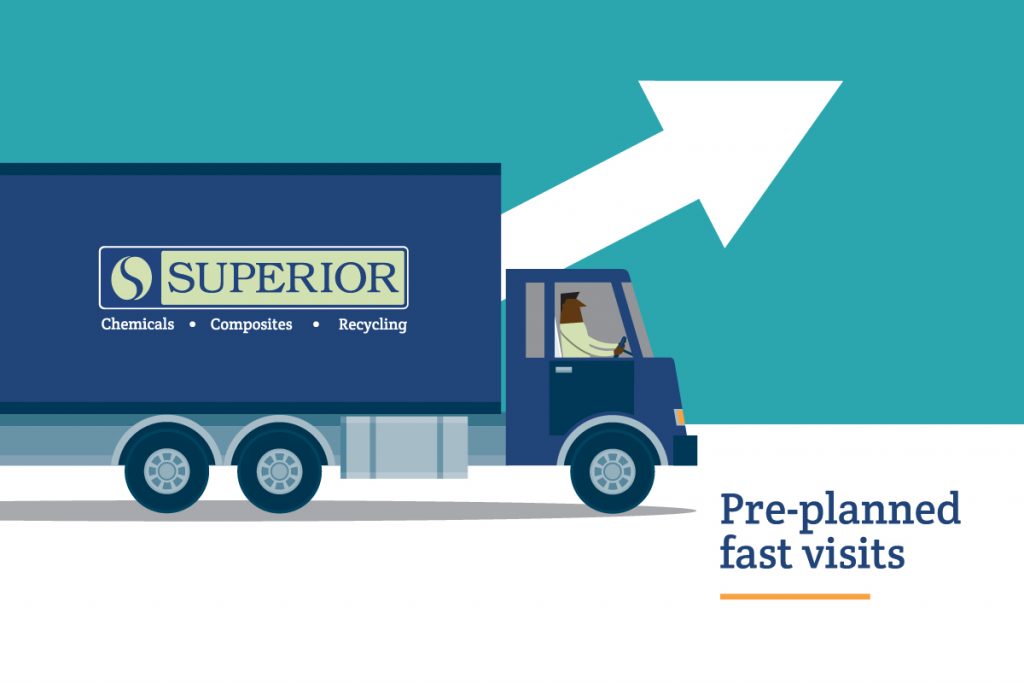Jerry was in a pickle. Interesting term to use considering pickle juice had been what he thought of each time he pulled a sample from the chiller system that was keeping his plastic bag blow mold operation from overheating. And the problem was getting worse. Lately “pond scum” came to mind when he pulled samples.
He and his maintenance crew had let the system get away from them, and it was no longer an issue they could ignore. They had tried to correct the deteriorating makeup of the glycol-based heat transfer fluid by adding more inhibitor, glycol and water. Now, drastic measures were all that were left.
Superior had long been a supplier of the ink solvents and cleanup blends used in the printing process for the sandwich bags they produced. The innovative processes from Superior had helped reduce emissions, recycle spent cleanup solution, and save money—and all this always impressed Jerry’s bosses and made Jerry look smart. He relied upon his long-time Superior representative to recommend value-added solutions. So when the Superior rep presented a comprehensive chiller system clean-out, Jerry was confident that it would work. This plan wouldn’t just fix a short-term problem, it was a great long-term solution.

Chiller System Clean-Out
Arrangements had been made for Superior to do the work on a Saturday so there would be no interruption in production. A three-compartment tanker truck pulled in early ready to work. One compartment was empty, one compartment contained Superior’s Superclean 4130 Heat Exchanger Cleaner, and the last compartment contained Superior’s Supercool Ethylene Glycol Heat Transfer Fluid mixed with the perfect amount of purified water.
Pre-planning visits assured that Superior would be ready with the correct fittings and hose to hook directly into the heat transfer system. The truck-mounted pump pulled the contents of the chiller system into the empty compartment. Then Superior pumped the Superclean 4130 solution into the system and let it circulate before sucking it back into the now empty compartment. Finally, the ready-to- use Supercool was loaded into the clean, descaled and emptied system.

“Pond Scum” Problem Solved
Three hours later, Jerry knew he could sleep easier. The system had been cleaned out, and new heat transfer fluid was verified to be within operating ranges. The “pond scum” had been profiled for proper disposal by Superior and would become an unpleasant memory. In addition, Superior would periodically test samples for the life of the solution, offering inhibitor supplements when adjustments were necessary.
Not only did Jerry look pretty smart to his bosses again, but he also felt pretty smart, too.

